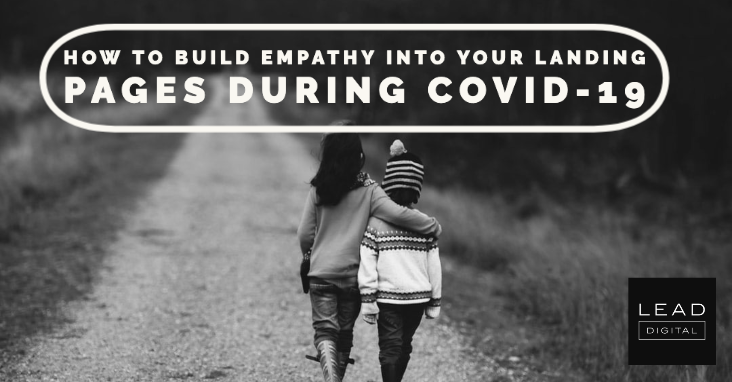 The spread of COVID-19 has changed the daily lives and habits of millions of people worldwide, and businesses across most industries are scrambling to adapt.
The spread of COVID-19 has changed the daily lives and habits of millions of people worldwide, and businesses across most industries are scrambling to adapt.
Brick and mortar retailers, restaurants, and hotels—just to name a few impacted sectors—are hurting from a stretch of time without customers. Some could end up closing their doors for good. Other companies have seen a higher demand for their products and services. Productivity-related SaaS companies like Slack, Zoom, and Trello are seeing sales boosts because their business is crucial for work-from-home environments. Similarly, some direct-to-consumer brands are seeing increased demand from their ecomm storefronts.
In either case, these are challenging times—to say the least. There are various opportunities to improve (or damage) your relationship with potential customers through how you talk about COVID-19. How you address the current moment can “make or break” you.
As a marketer, there’s never been a better time to stretch your empathy muscle: you’re going to need it. With that in mind, let’s explore how to get it right (and some of the places it can go wrong).
Match Your Message to Your Audience’s Concerns
We, the marketing community, constantly harp on the importance of being empathetic. But what does that actually mean?
Generally speaking, being empathetic means that you are showing your ability to share and experience the feelings of others. (That’s the dictionary definition, anyway.) In marketing, this often comes down to creating (or reworking) your copy, campaigns, and offers to demonstrate a deep understanding of your target audience’s immediate concerns.
For instance, if you’re a SaaS company and your target audience works in the restaurant industry, be aware that most restaurants are losing customers and may not be able to afford your software. (At the very least, they may be reconsidering what tools are essential to their business.)
For this reason, the message you deliver should focus on helping your audience manage their time and money effectively. Remember, they need your guidance (and expertise) right now, not necessarily ways they can spend more money.
Take a look at the example below. Restaurant365 smartly added a sticky bar at the bottom of their homepage to provide resources for managing restaurant operations during COVID-19, with no sales-style messaging at all:
Genuinely providing assistance (and avoiding the hard sell at all costs) shows you care about your visitors, while still generating future leads and building a potential pipeline for when times are better. Plenty of brands say they want to help, but this is a good way of putting your money where your mouth is.
Where Should Your Message Be Placed?
If your message is about additional resources or a pricing change you’ve created to support your target audience, you can create a sticky bar similar to Restaurant365. These are especially helpful if you want your message to be seen on multiple pages of your site since you can set them up to appear in more than one place. (Sticky bars can also be used to make mission-critical statements about your status, like reduced hours or shipping delays.)
You’ll also want to create the resource itself, whether that’s a blog post, web page, or landing page. For instance, here’s an example created by the marketing wizards at Procurify to discuss special pricing, using Unbounce: – Read more



